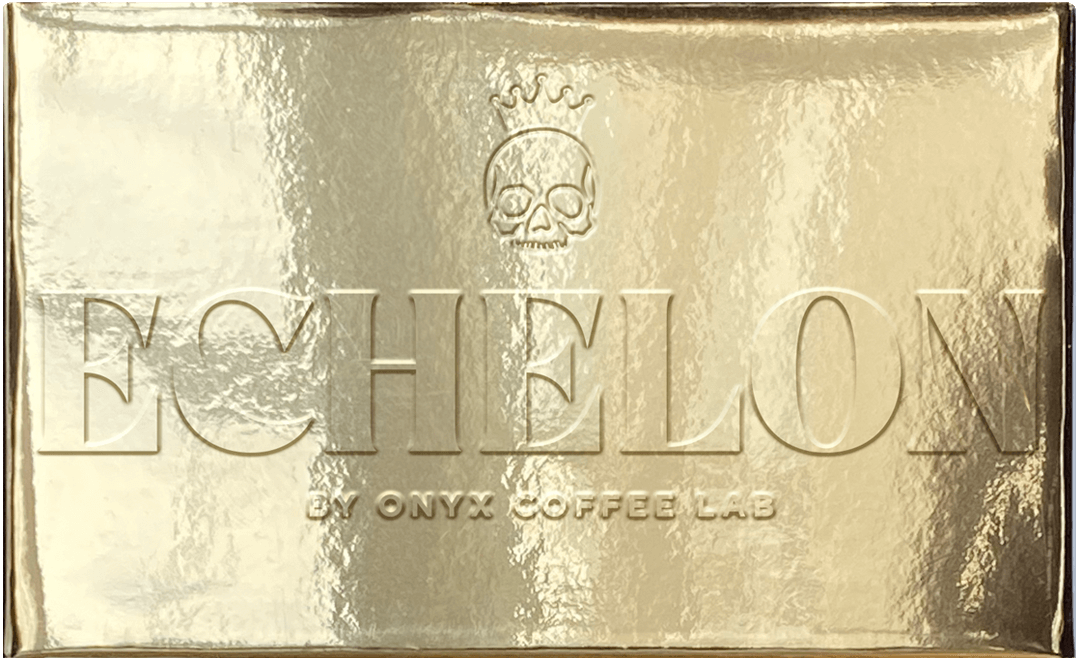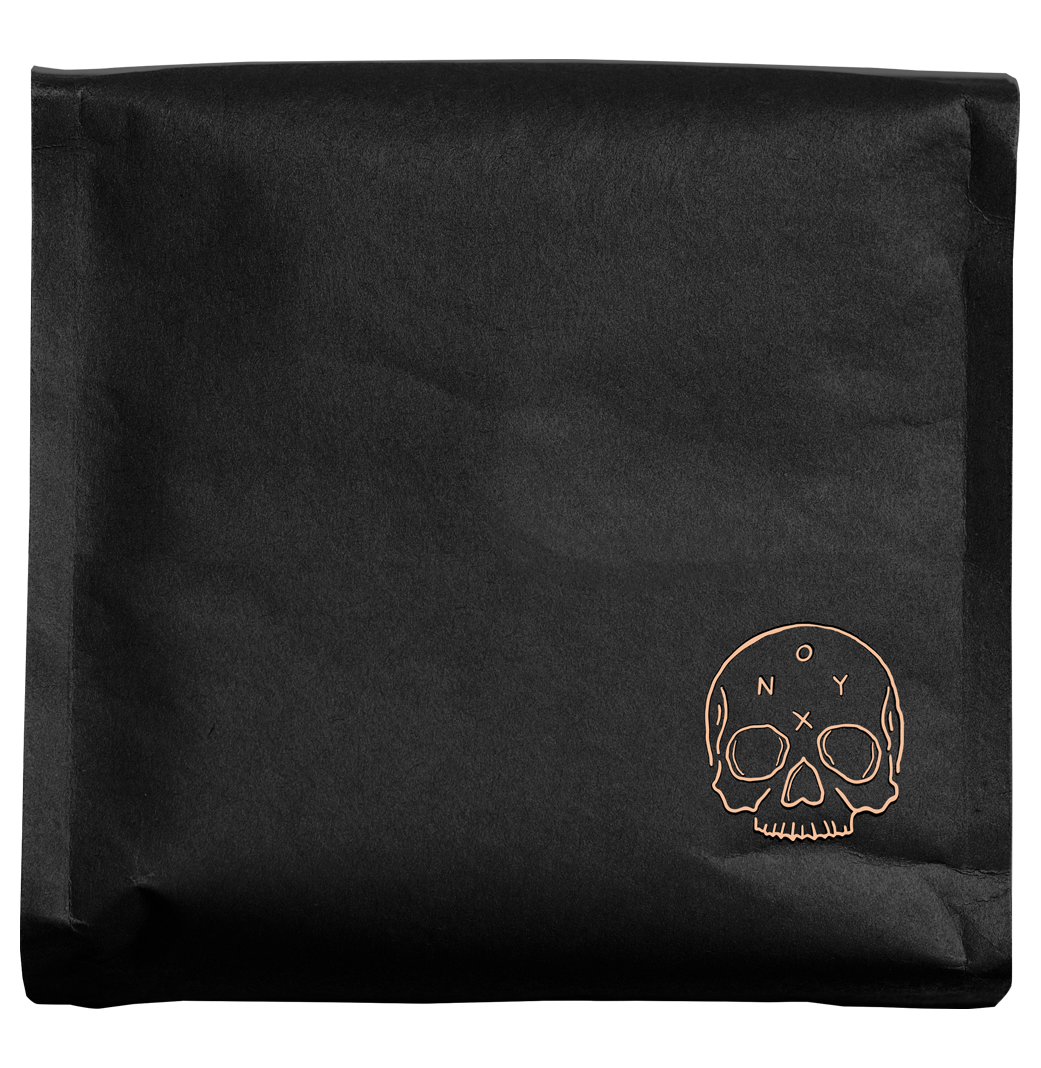Story
Jorge Elías Rojas Vásquez, is a 33-year-old producer who has dedicated more than 20 years to the production, processing and marketing of high-specialty coffee, when he was 13 years old the war that this country lived through took from his father at that time he was in 5th grade and had to drop out of school to, together with his mother Mercedes Vázquez and his brother Ángel María Rojas Vásquez, take charge of the farm; When he was 17 years old, his mother inherited a 3-hectare plot of land, which he began to plant and build his home. Together with his wife, they began to build the dream of having their own farm and formed their home. In 2014, he became a member of Asopep, where He began to receive training in producing and processing quality coffee in order to get ahead with his wife and son, Derian Felipe Rojas Trujillo, who at that time was 3 years old and today, at 9 years old, already has great knowledge in preparing coffee because his father has always had the intention of involving him in the world of coffee.
His farm El Jardín is located in the village of Armenia in the municipality of Planadas at 1,850 meters above sea level, planted with the varieties of Caturra, Geisha, Bourbon Rosé and Tabi where, with his extensive knowledge in coffee processing, he has achieved great recognition in national and international competitions.
CUP OF EXCELLENCE
Since 1999, the COE program has sought to connect developing coffee producers from around the world to roasters willing to pay a premium on their coffee. In each country that the Cup of Excellence takes place, thousands of coffees are vetted and put through one of the most rigorous quality panels a coffee can undergo. After dozens of industry-standard cuppers evaluate the coffee, a rank begins to form as scores are input and averaged out. This process yields a clear winning coffee, as well as a top-ten rank that will be auctioned off to roasters around the world. This auction process promotes higher premiums paid to farmers while operating on a transparency based infrastructure. These premiums paid to farmers motivate them to reinvest in the harvest, while also placing a precedent that they can be rewarded and recognized for a harvest of exemplary quality.
HONEY PROCESSED COFFEE
Honey processed coffees are tricky. Oftentimes the result of this process ends up being the same as if they were washed, but other times they end up much worse. The process begins much like washed coffee, where the cherries are depulped, but then the process is halted. Instead of sending the seeds to the fermentation tanks where yeast and microbes break down the sticky mucilage, the honey processed coffee is sent straight to the drying bed, where they’re pop dried with the mucilage left on. This leaves some of the fruit left partially on, ideally imparting some sucrose and fructose as it continues to ferment (slowly, in this case). Honey process gets its name from the sticky fruit left on the outside of the seed, but it is easier to think about when it’s referred to as a ‘pulped natural,’ or even ‘partially washed.’ Differing levels of fermentation and even the type of depulper used to strip the cherry from the seed can influence the color of the dried coffee. As the process's popularity has spread, new names for the levels of processing have spread with it. You will see the levels generally follow the trend from white honey, all the way to black honey.
White honey usually follows the trend that most of the mucilage is removed, followed by a light and short fermentation with rigorous movement during drying. This exposes most of the parchment on the seed, which is a yellow to white color.
Yellow honey has a bit more mucilage left on the seed, as well as a bit more activity in fermentation. The mucilage left on will turn a golden yellow color as the oxidation of fermentation takes place. These are usually shade-dried and turned just a few times per day of drying.
Red honey has much of the seeds mucilage left on, with just the thin cherries skin removed during depulp. Heavily laden drying beds or patios become difficult to turn with the large mass of sticky fruit and seeds, which creates the perfect conditions for slow oxidation and lots of microbial activity. All this activity, combined with the fruit left on the outside of the seed, turns the dried parchment a rusty red color.
Black honeys are considered the most ‘fermented’ of the honey process. This is when the terroir of the coffee takes a bit of a backseat, as the sugars from the fruit ferment and impart a winey flavor and heavier texture to the cup. Black honey coffees are seldom moved on the drying patios or beds, where they are fermented for extended periods of time. During this slow fermentation, the mucilage goes through all the phases listed above, before it transitions from a rusty red to a red-black color.
BREW RECIPE
FILTER – MK Dripper
20g Coffee : 290g Water at 200°F
462um
8I Baratza Vario/Forte
9 Baratza Encore
15 Comandante C40
2 2/3 Fellow Ode Gen 2
6.72 Mahlkonig EK43
0:00 - Bloom to 50g
0:30 - Spiral Pour to 100g
1:15 - Spiral Pour to 290g
-gentle swirl-
~2:30 drain
Dilute w/ up to 30g of water



